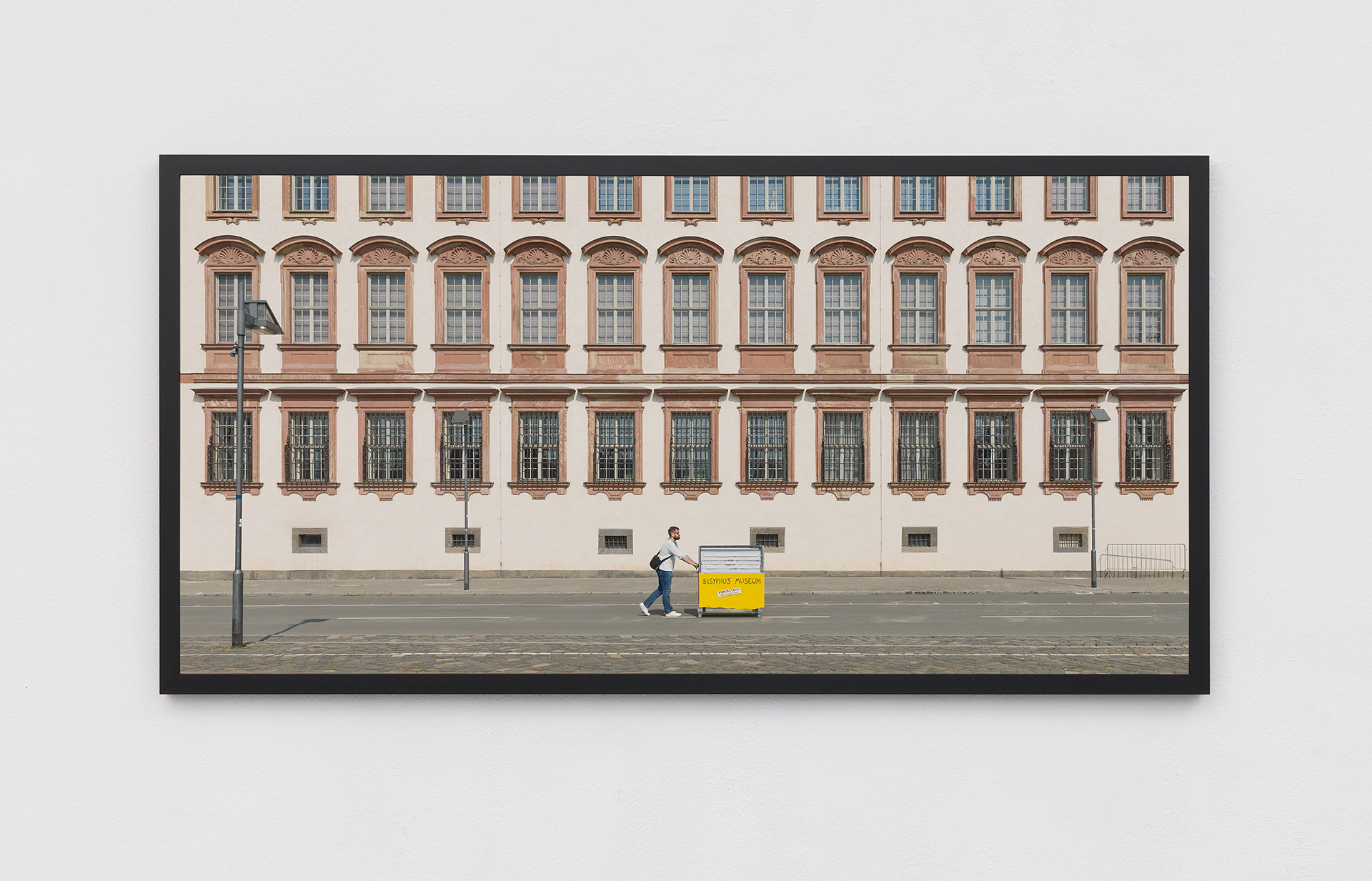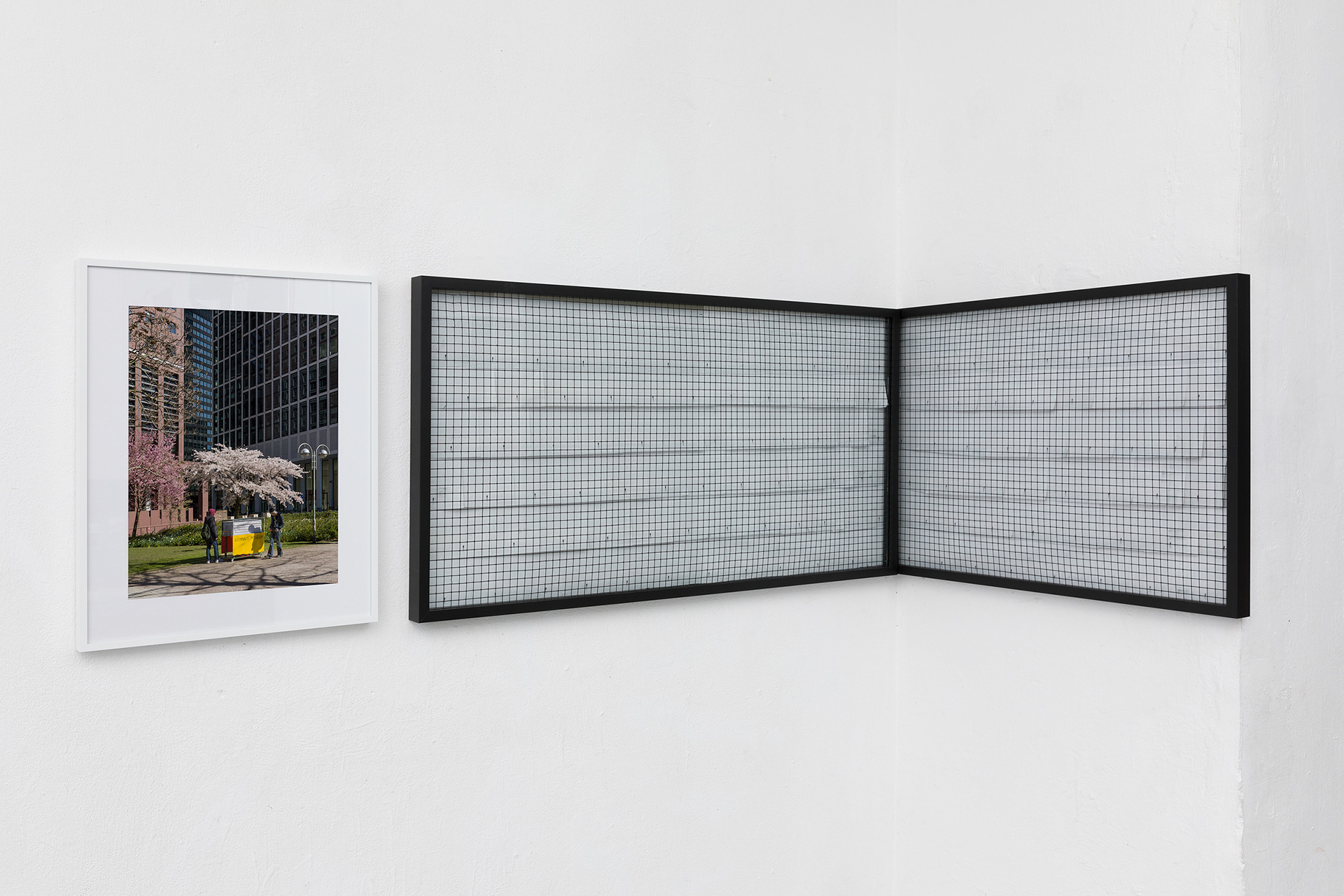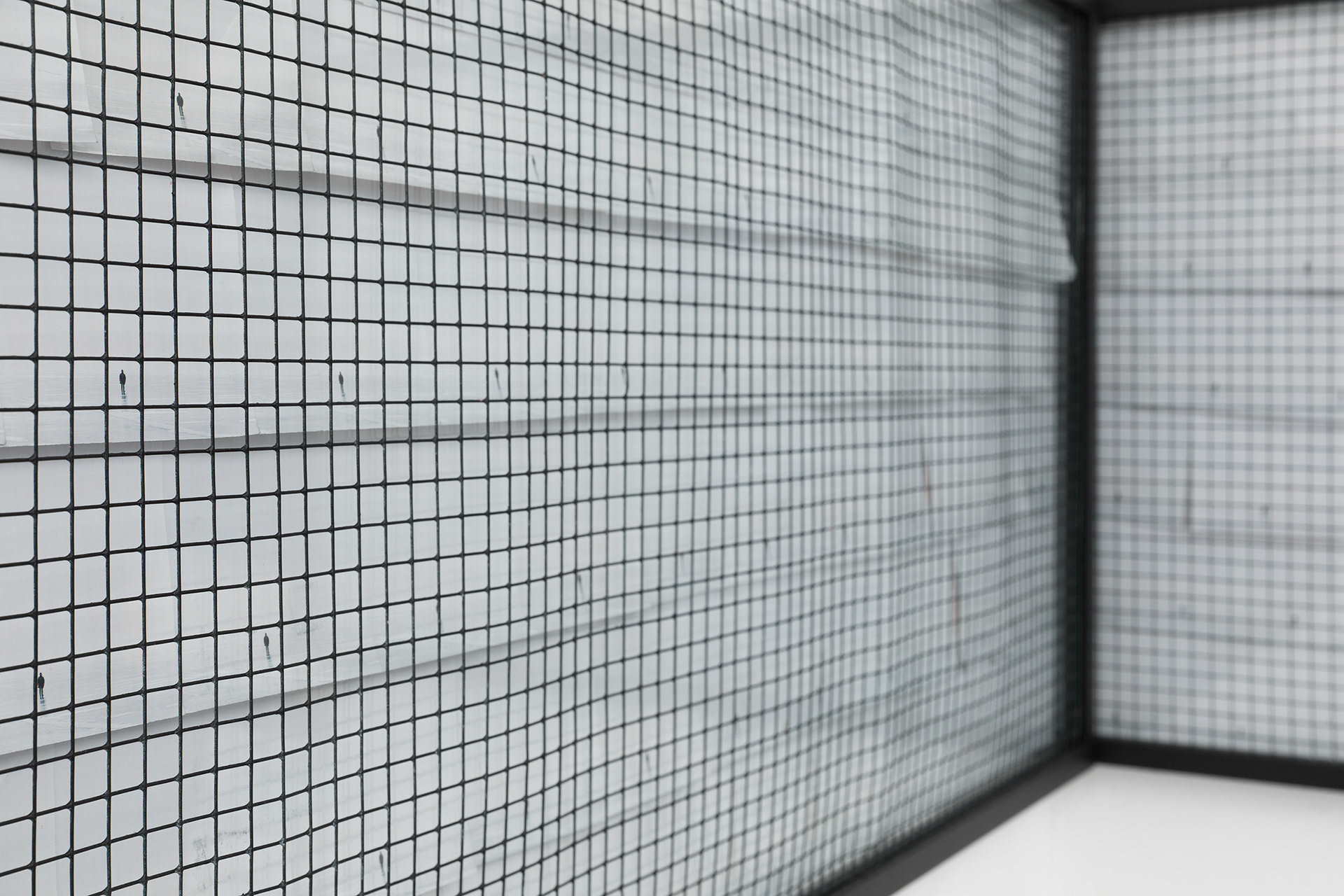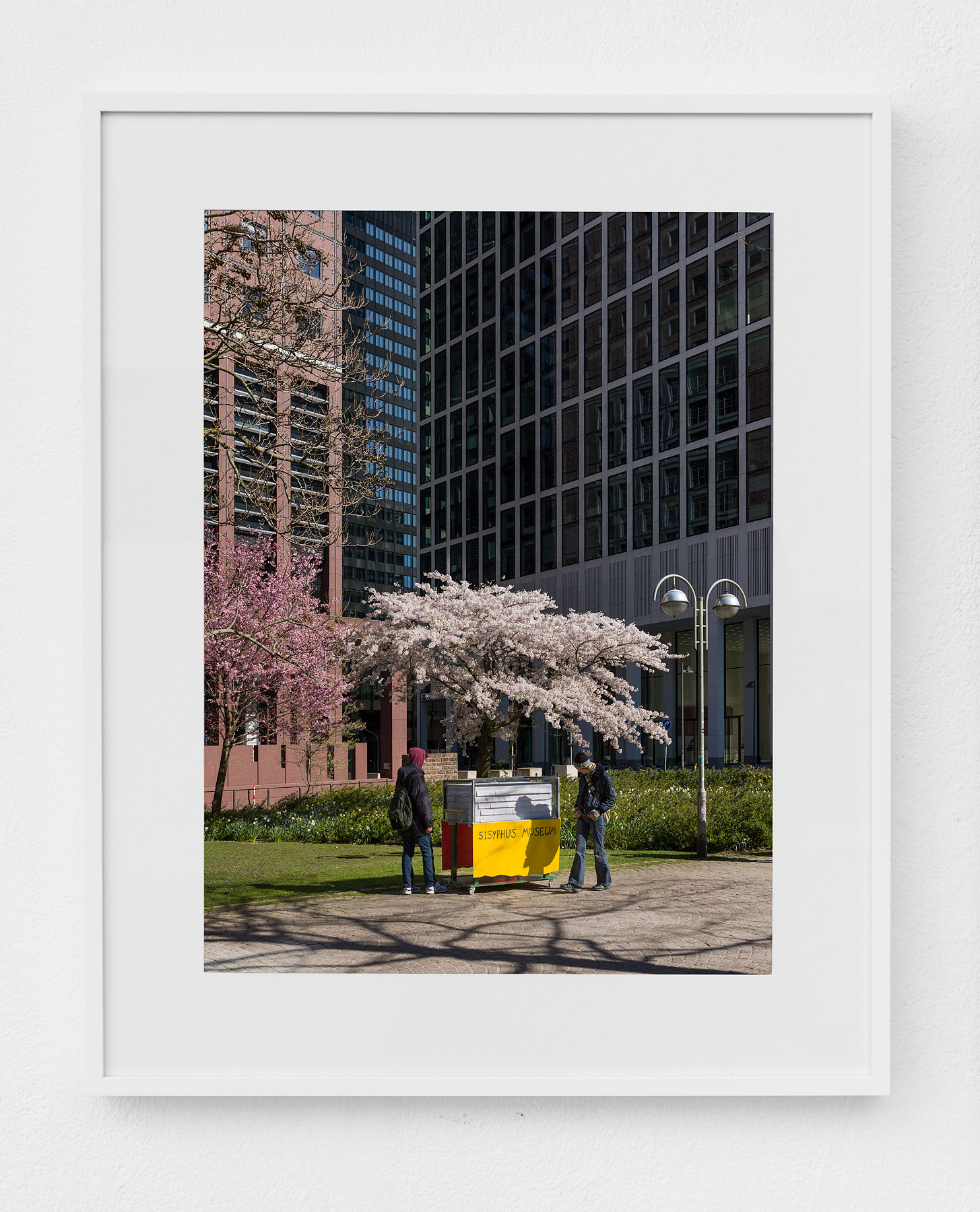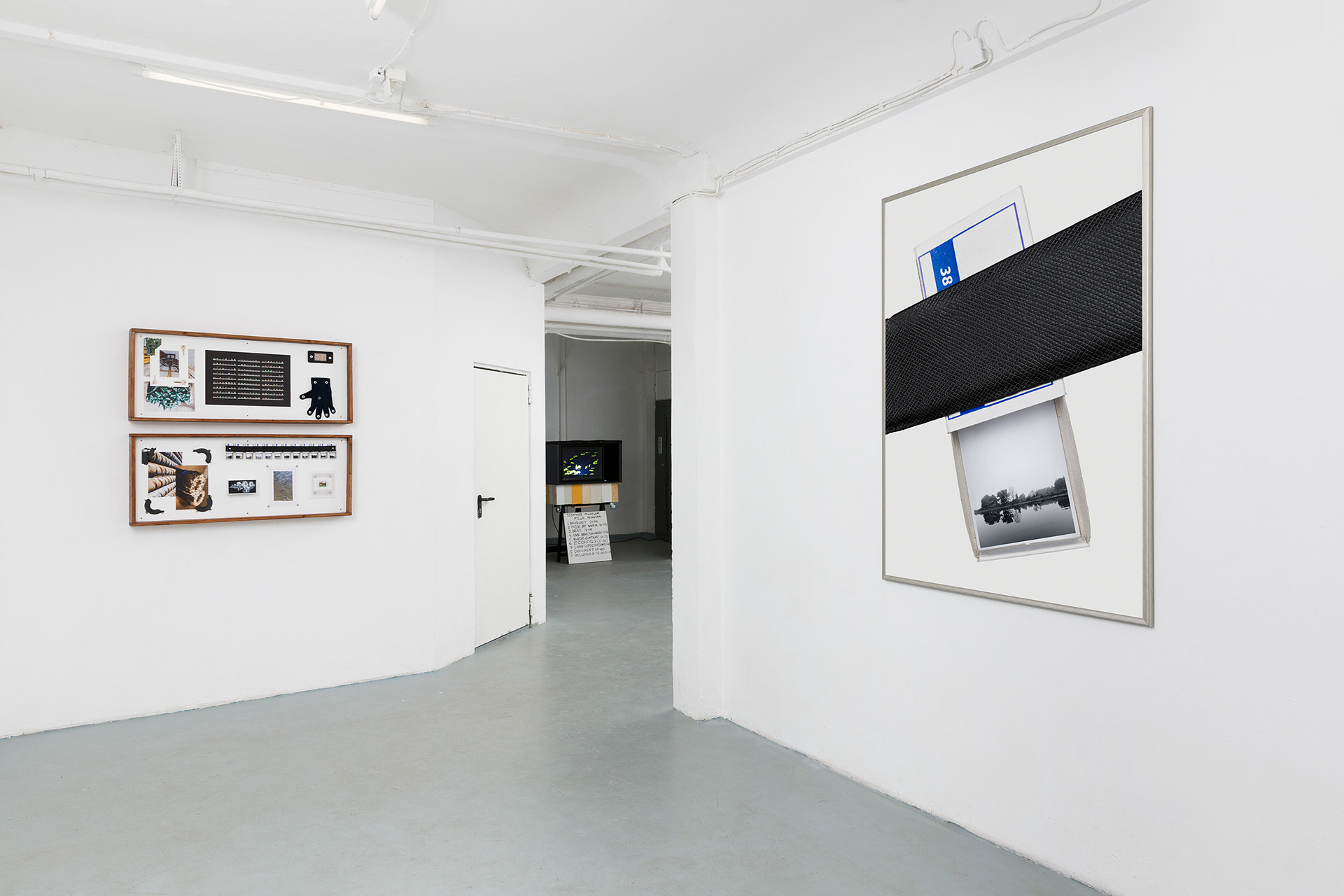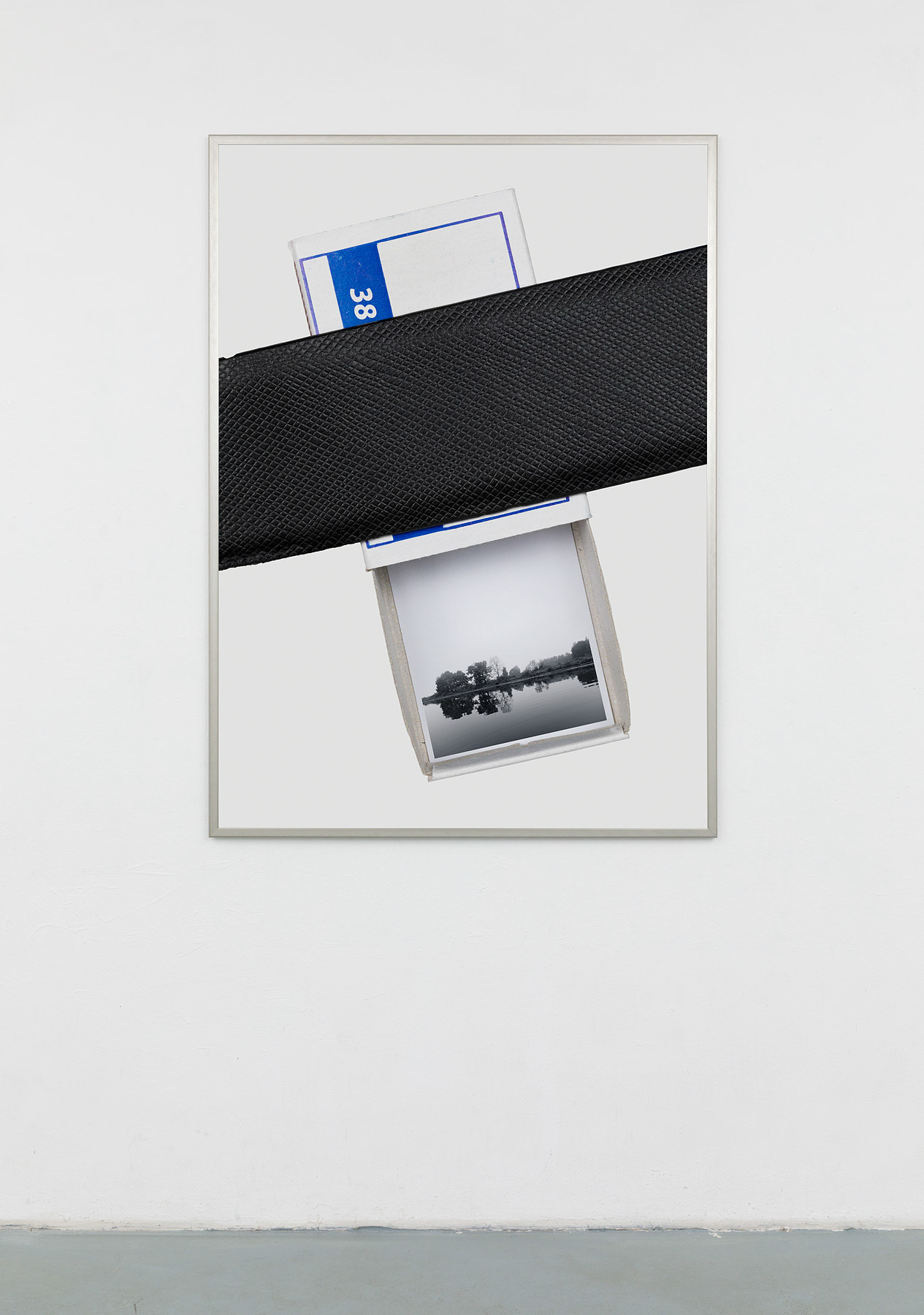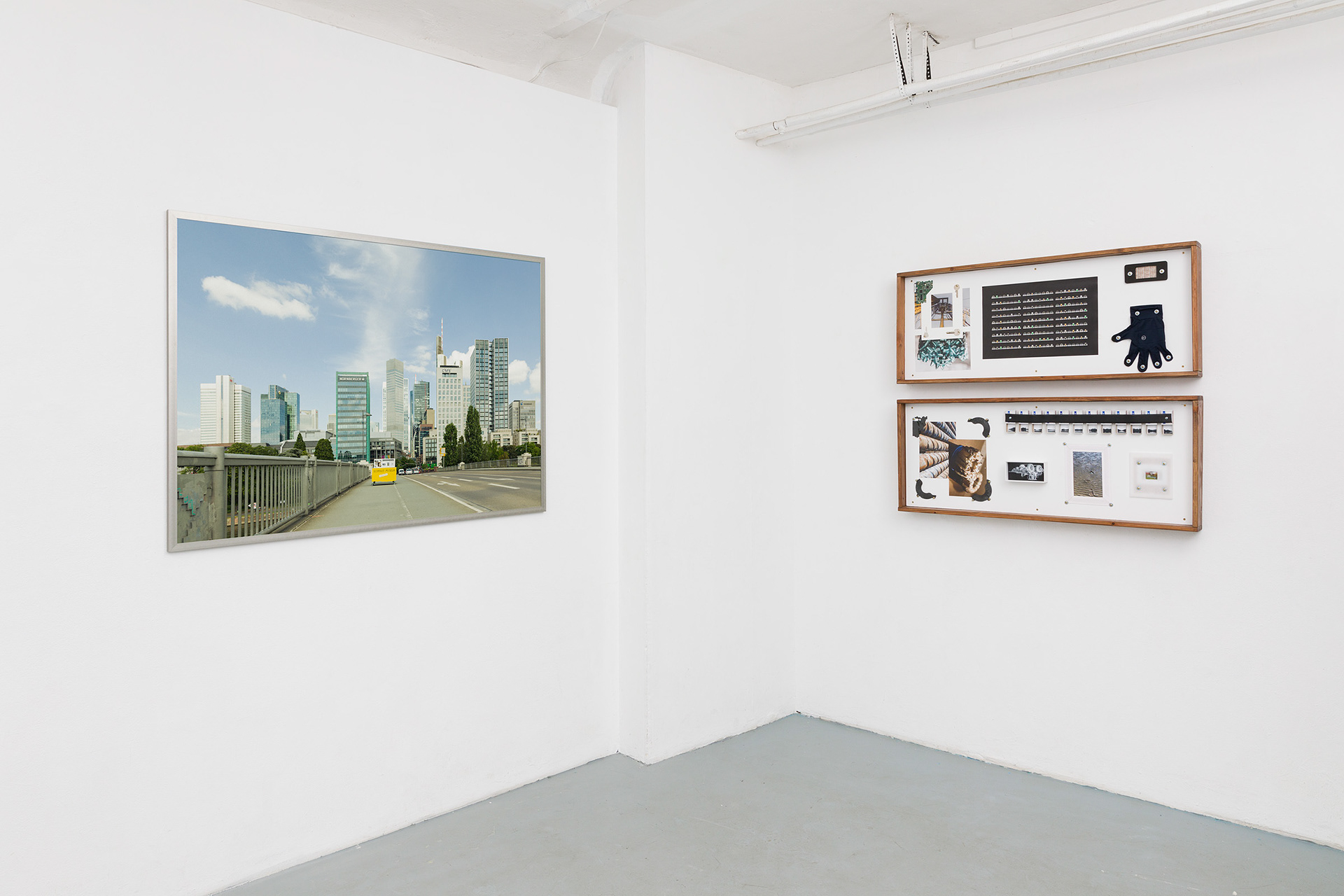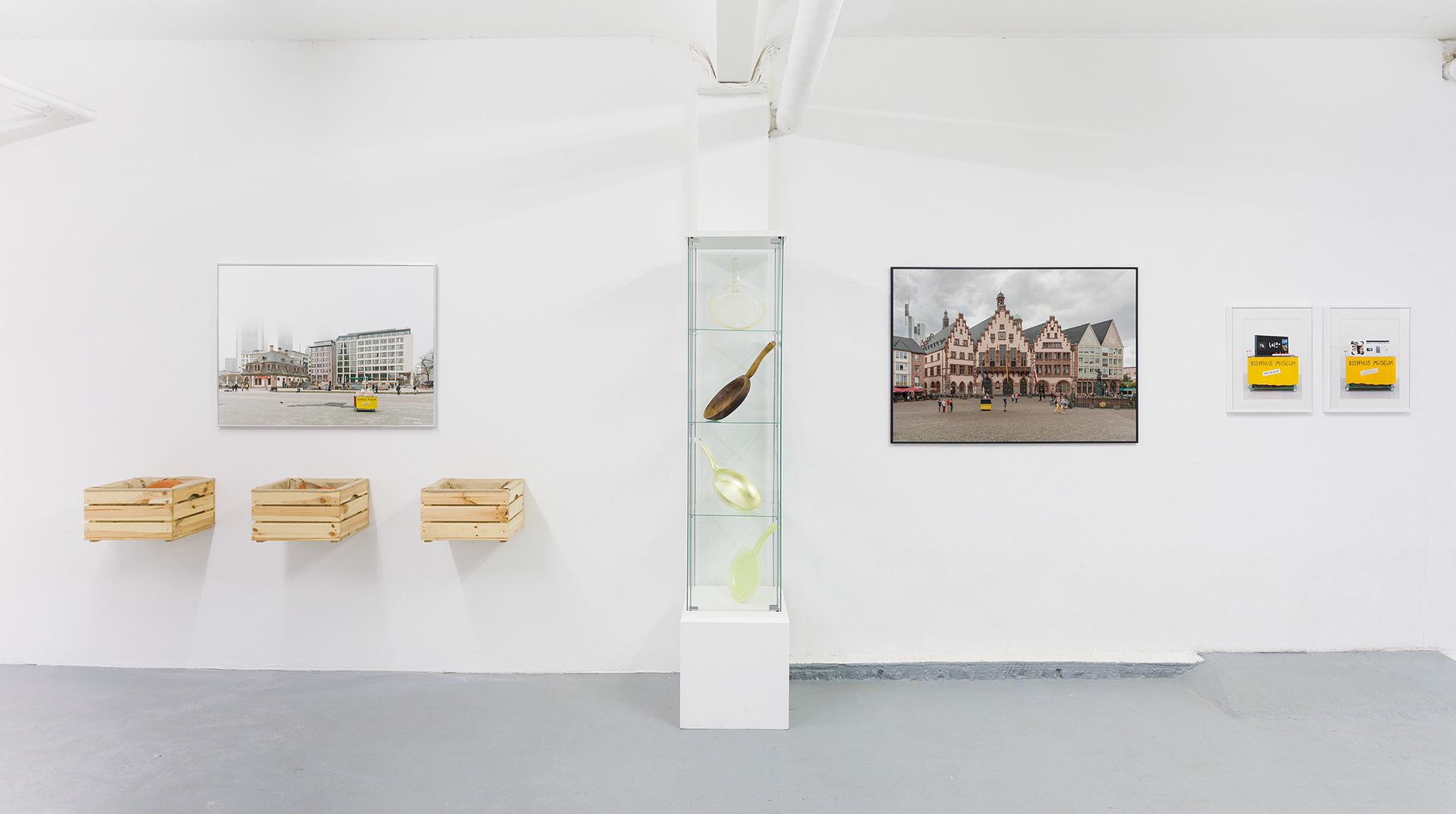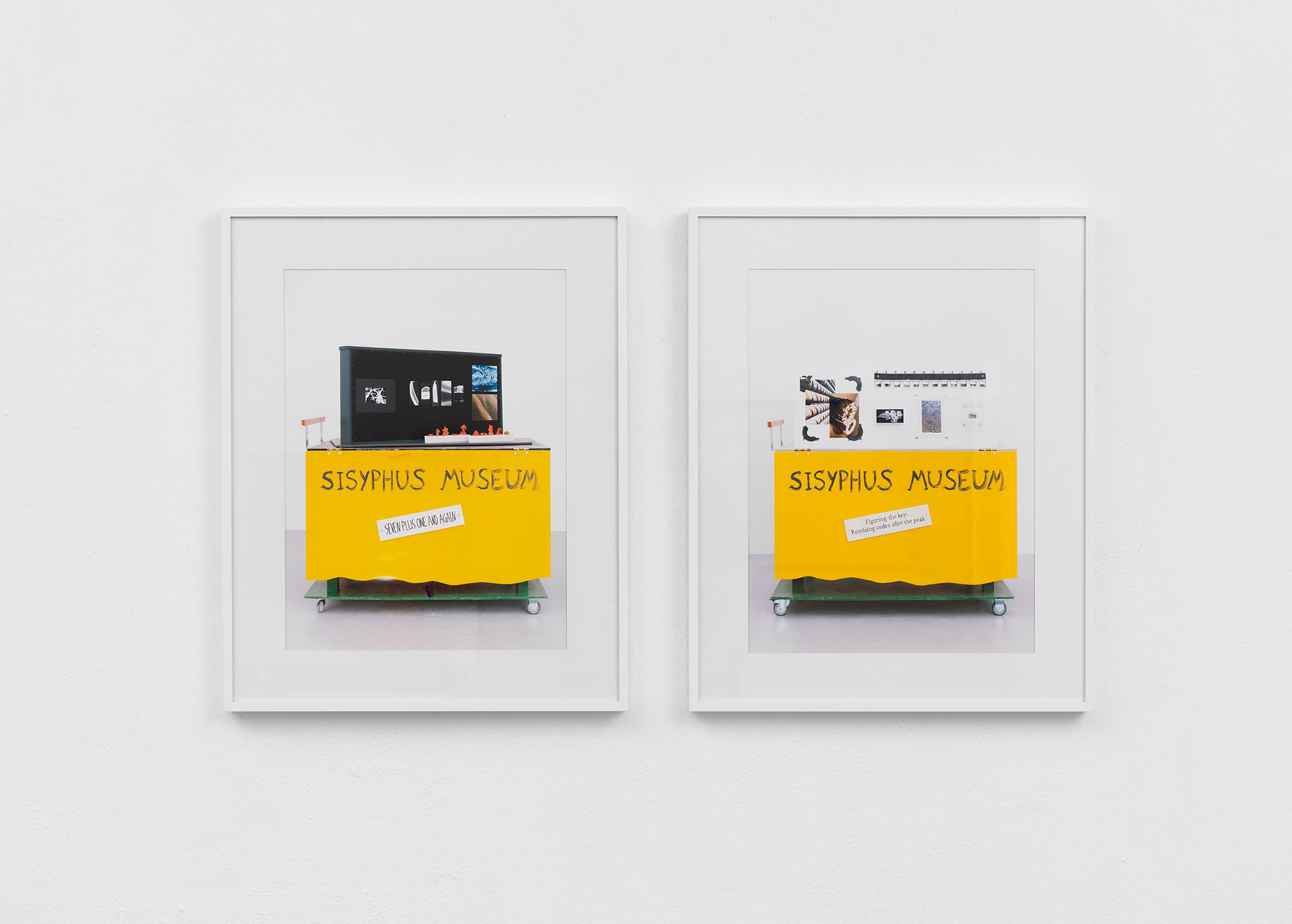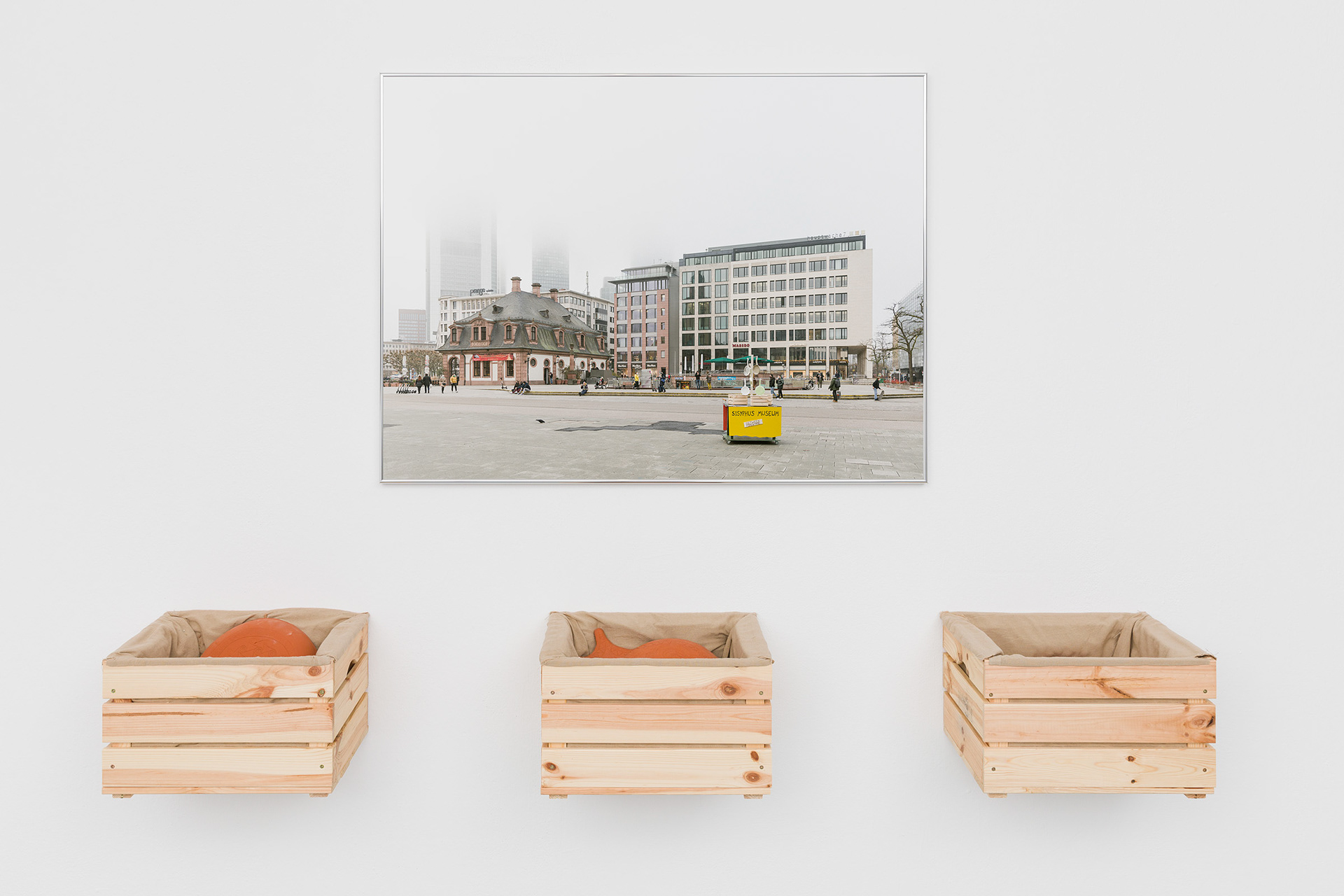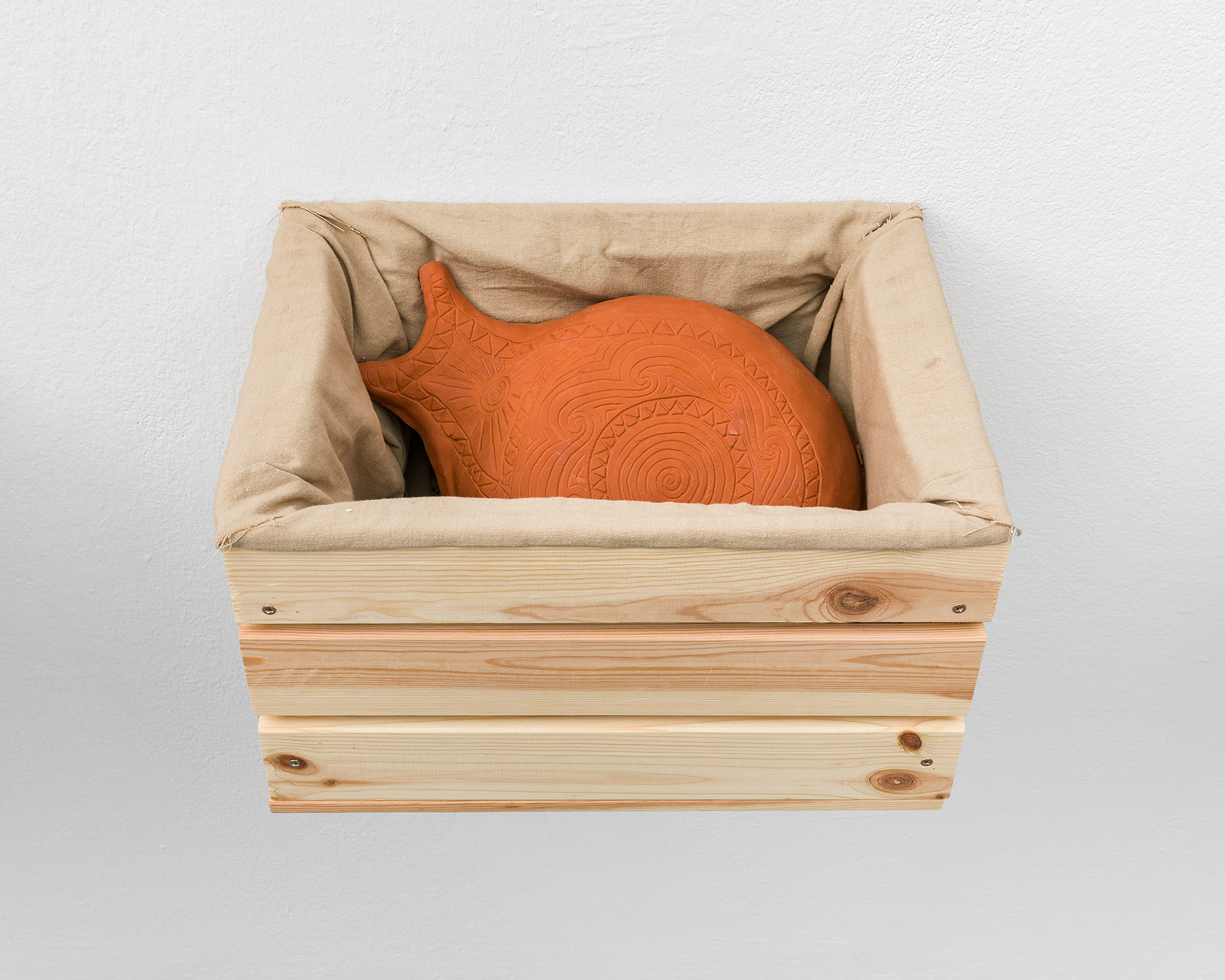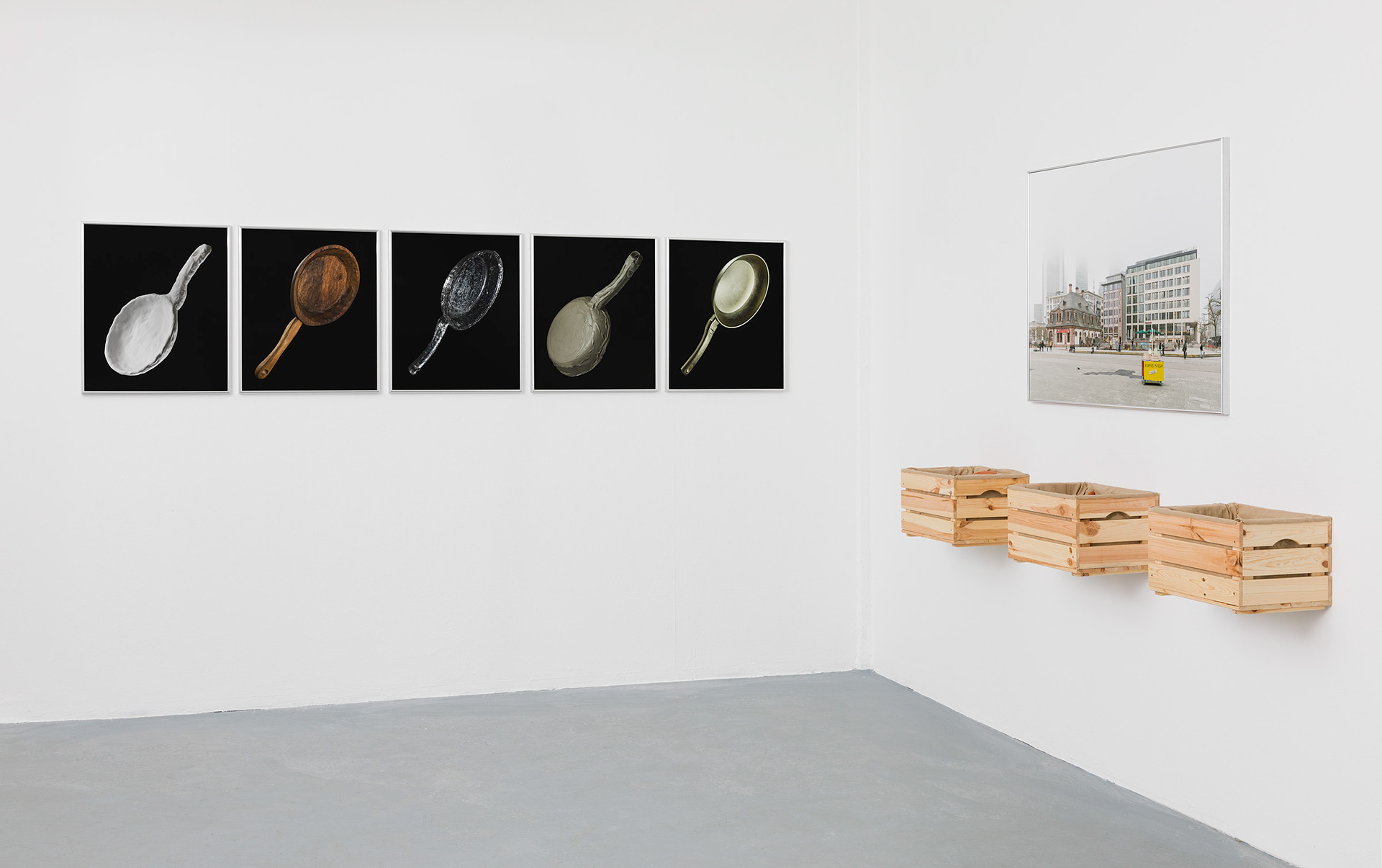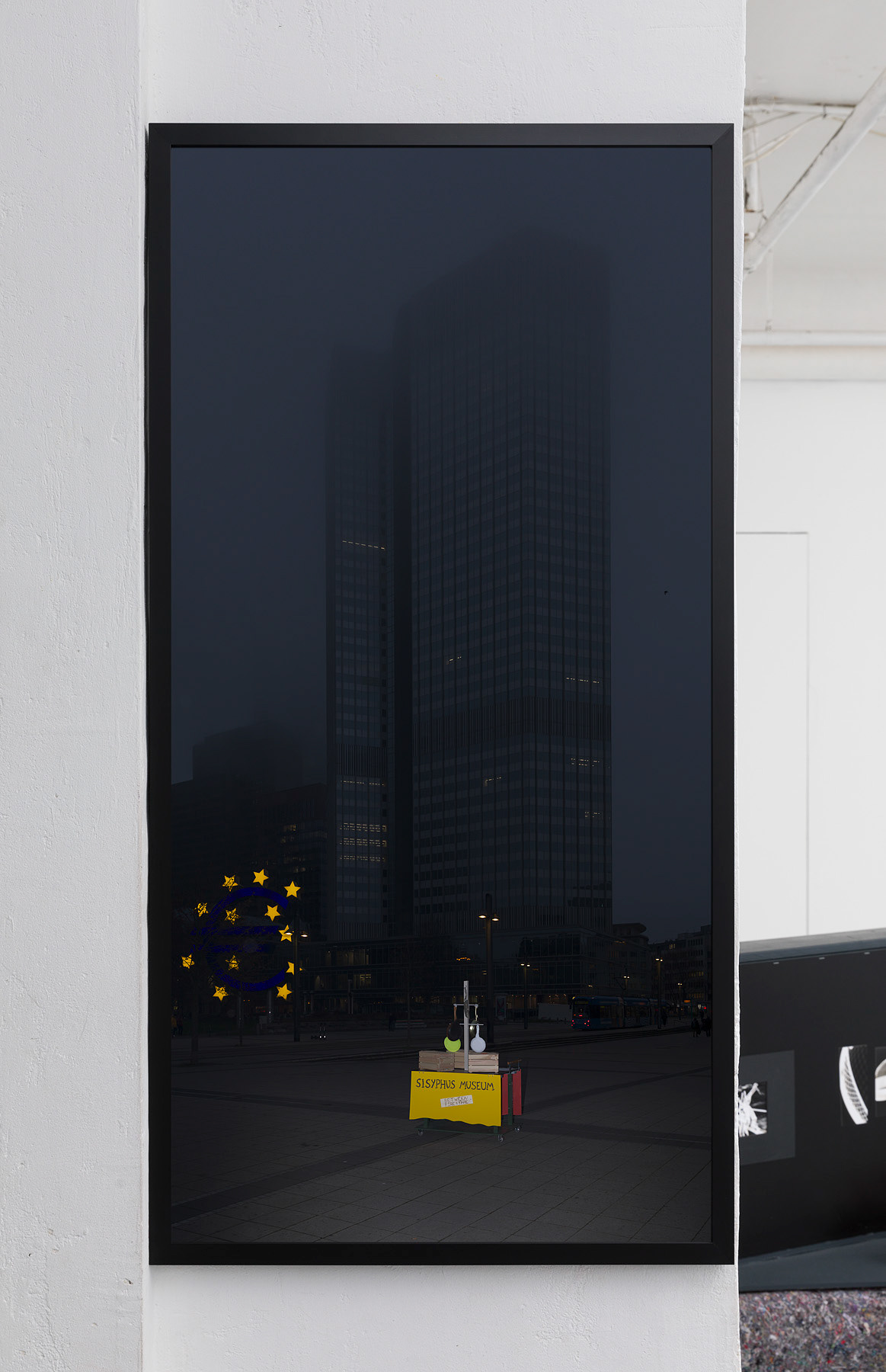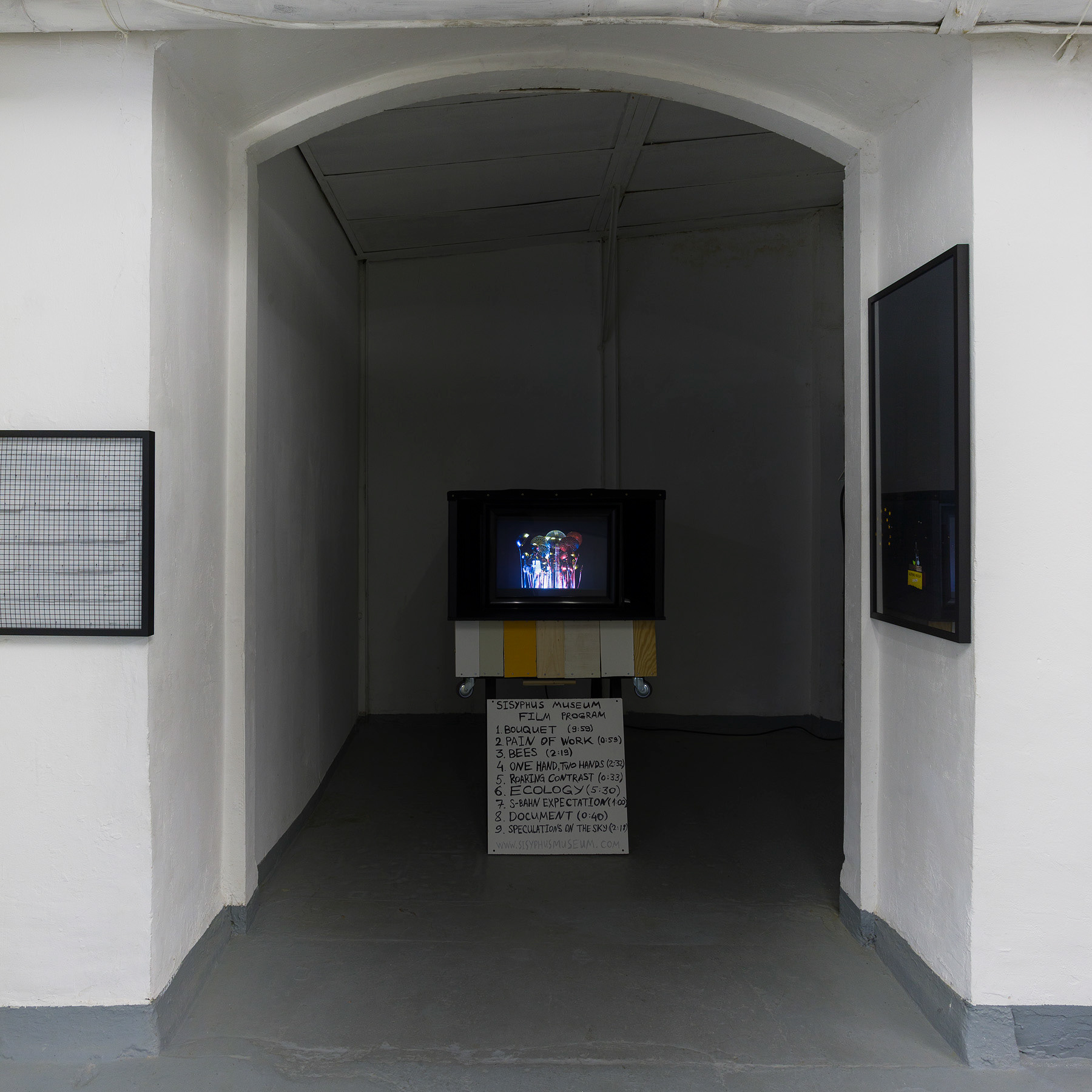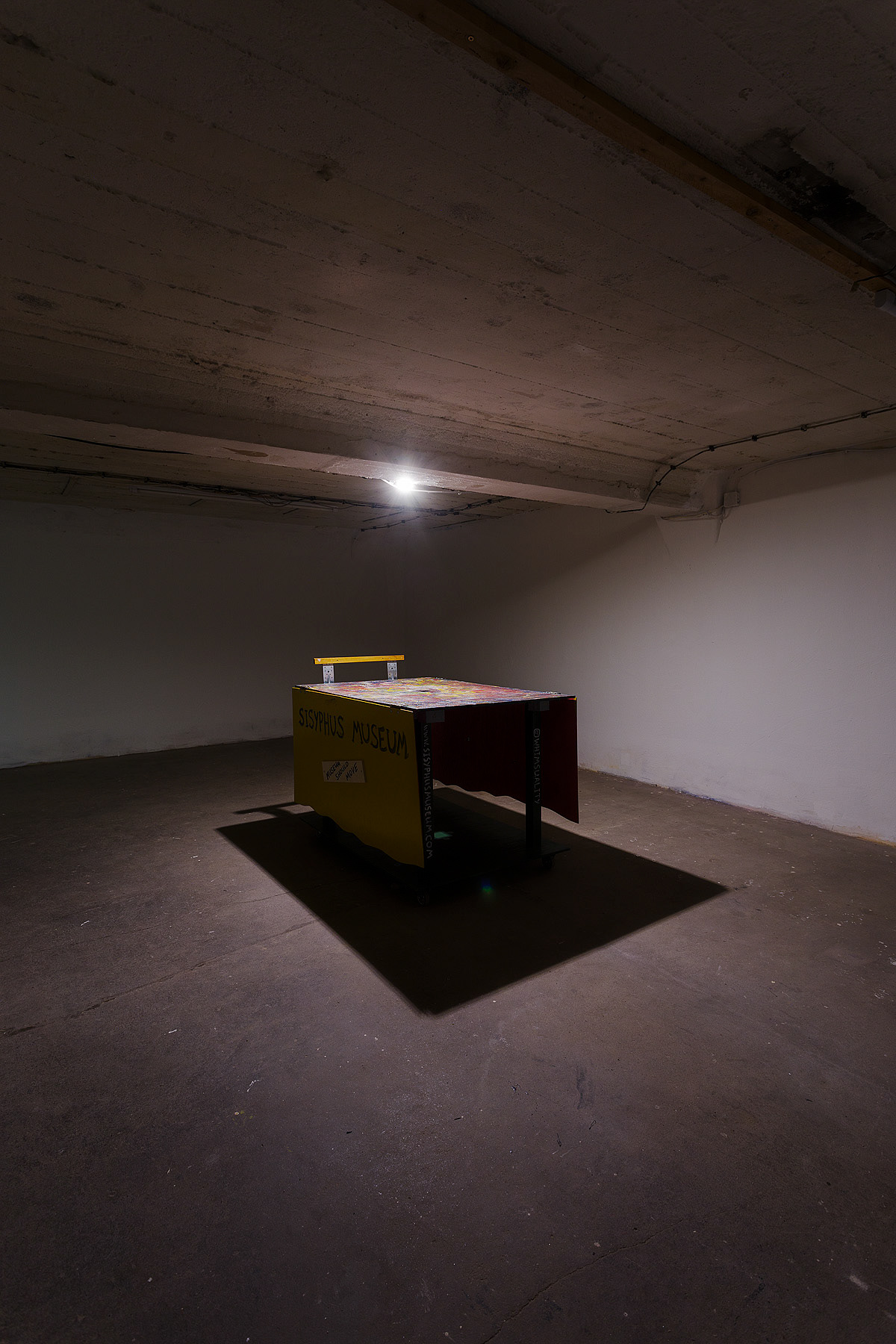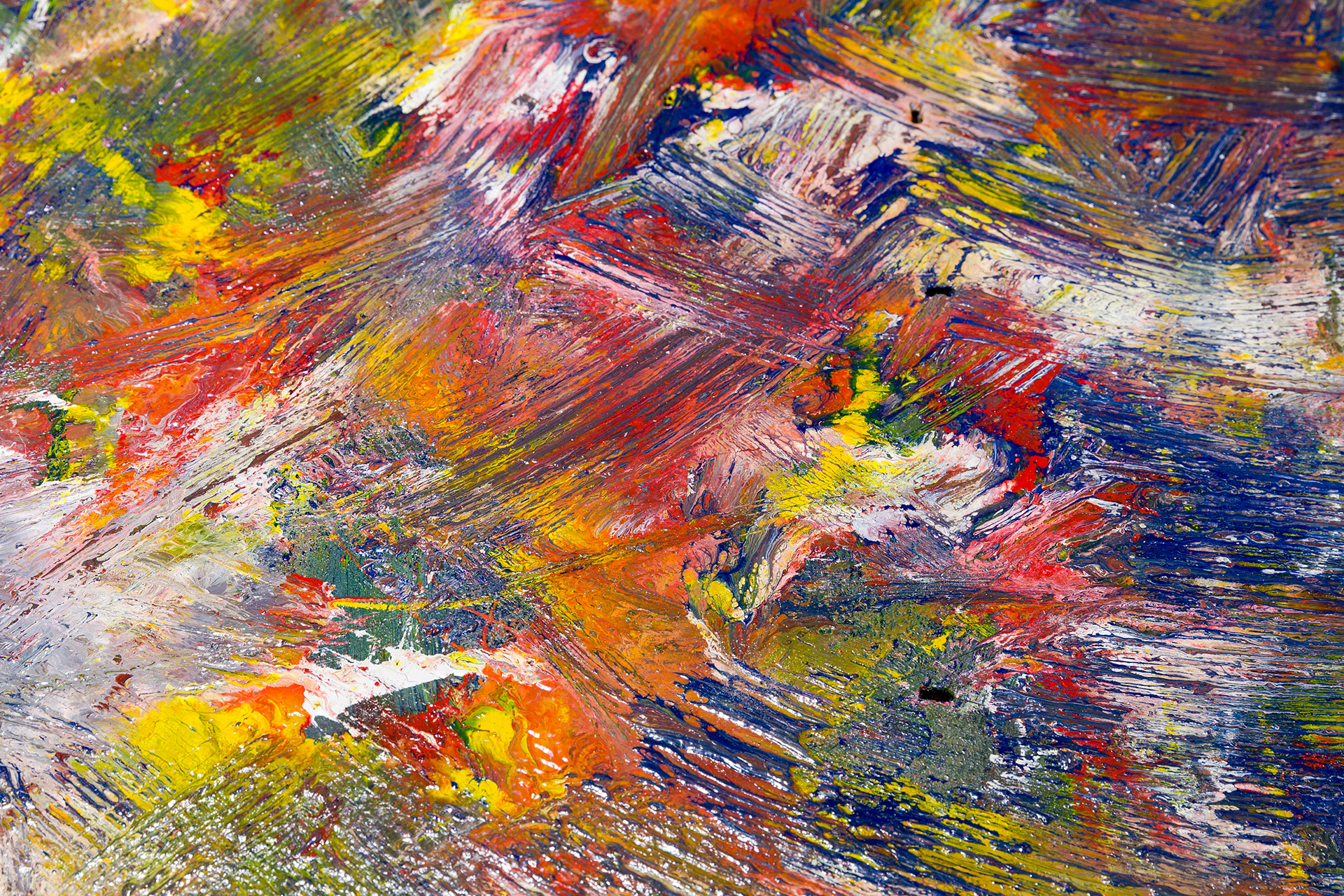Retrospective exhibition
At the beginning of the Corona crisis, artist Ivan Murzin's "Sisyphus Museum" first appeared on the streets of Frankfurt am Main. In a wooden trolley of his own design, Murzin curated five exhibitions that he pushed through public space. With this action, he reacted to galleries and museums' closures and continued his artistic practice and exhibition activity independently of the institutions. Murzin acts in revolt. In his opinion, art must be visible at all times and in all circumstances.
The title of the museum refers to the essay "The Myth of Sisyphus" by Albert Camus. Just as Sisyphus continuously pushes his stone up the mountain, Ivan Murzin drives his museum through the city. There is no doubt that external circumstances influence the creation of art and the possibilities of a presentation. Murzin changes the perspective on the forms of an exhibition of art. His miniature museum conveys in an interdisciplinary way how relationships to the environment and objects have changed in the face of pandemic restrictions. The art presented is thus political, reflecting on the current situation and focusing on details. The museum dimension, art presentation and mediation preoccupy the artist and imprint themselves on handy objects. The "Sisyphus Museum" symbolises mobility and flexibility that Murzin also demands from institutions. Things have to keep moving.
The retrospective in the classical exhibition context brings together the various elements that make up this extraordinary project in an overall exhibition and elaborates the content-related aspects. For this purpose, the individual actions and documentation are translated into an installation concept that again produces a shift in proportions. For example, a large-format photograph of the matchbox provided the setting for a photo exhibition in the "Sisyphus Museum". The matchbox embodies the artist's philosophy, representing the accessibility and the possibility of a re-functioning of everyday objects into art. This basic Dadaist idea is evident in Murzin's approach and working methods.
The retrospective not only looks back to the times of the pandemic but also frames his experimental approach of exhibiting even though the usual spaces were closed. Visitors can experience social changes in society and new perspectives on the exhibition's creation, presentation, and mediation of art.
Curated by Olga Inozemtceva-Appel
Supported by the Hessische Kulturstiftung and the Kulturamt Frankfurt
